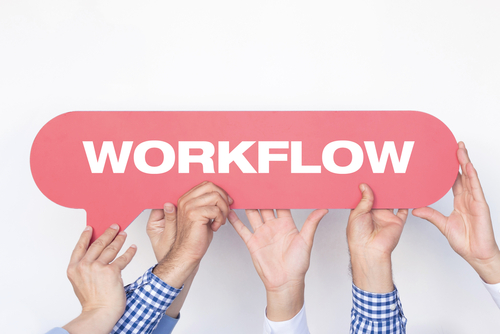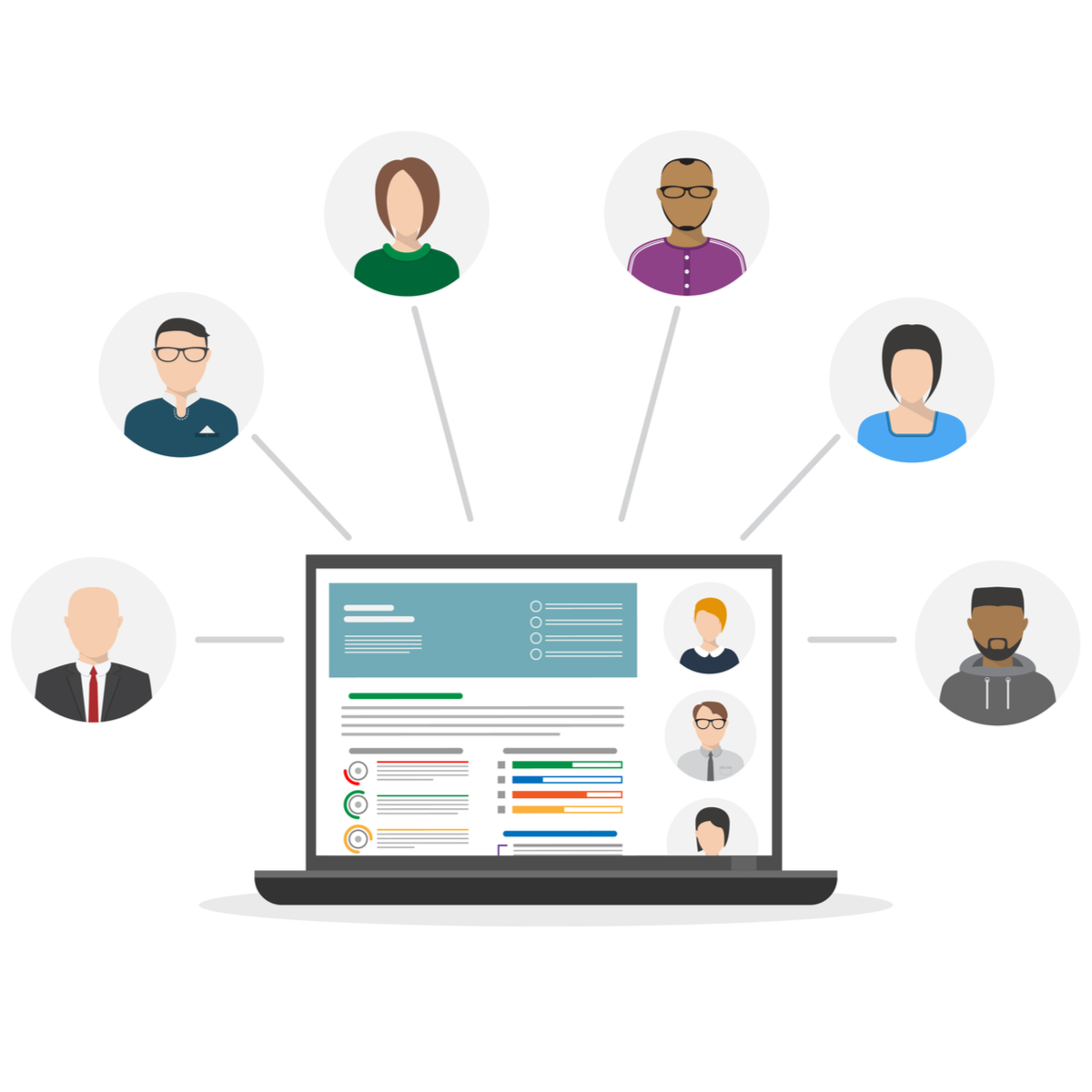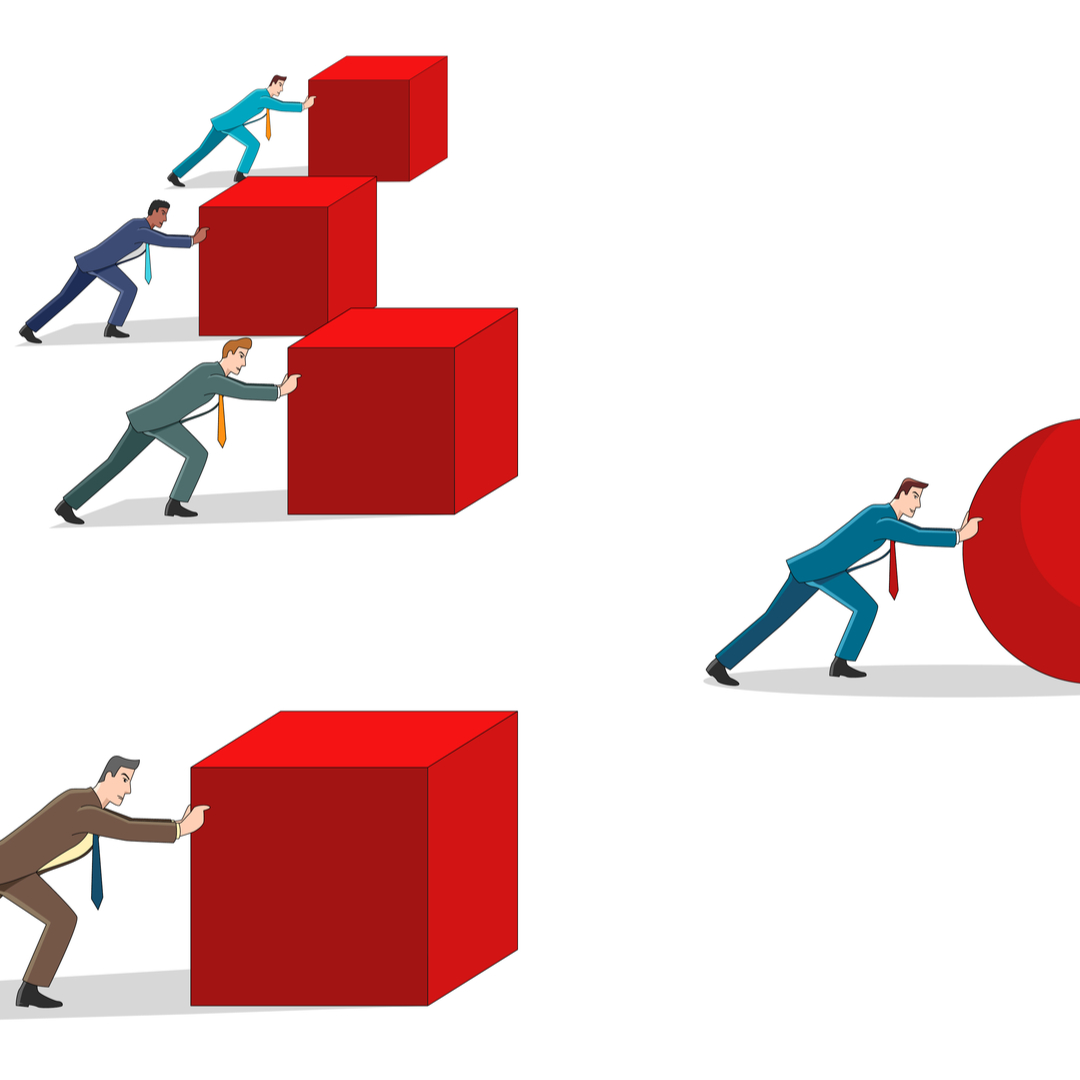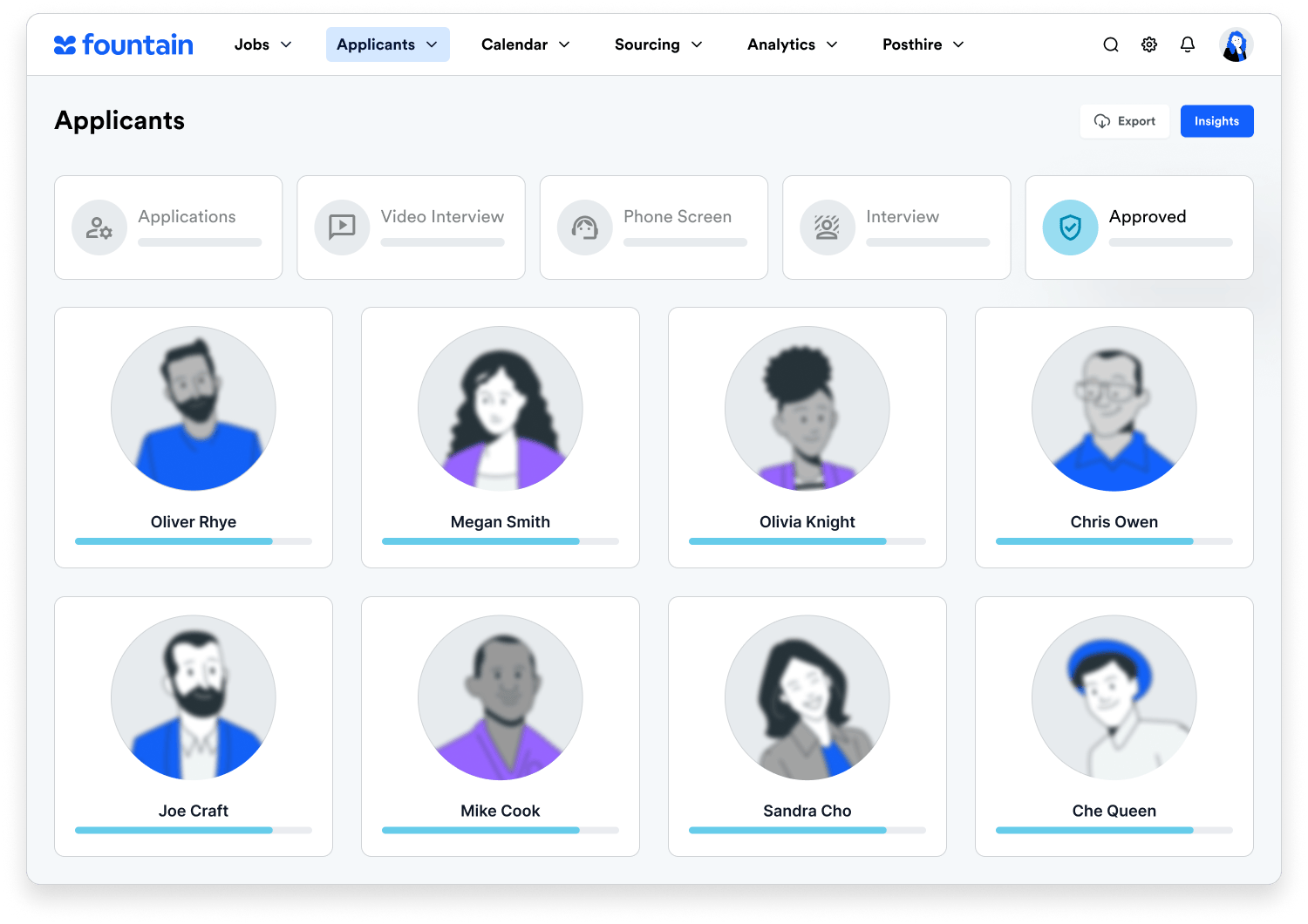The 2017 State of Talent Acquisition Technology study found that the majority of respondents (62%) stated that average time to hire is the biggest indicator of success, in relation to hiring the best candidates and improving employee retention.
Reducing time to hire KPIs should be a key part of the recruitment process for businesses. A short time to hire increases the likelihood that your company will secure the most qualified candidates.

What is time to hire?
Average time to hire is the total amount of time that elapses from when a candidate makes a job application to when the candidate accepts a job offer. According to LinkedIn’s Global Recruiting Trends the average time to hire varies significantly for different industries and can last from a few days up to four months.
Analyzing the time to hire KPI enables you to find out:
- The length of time it takes your company to recognize that they have the most suitable candidate.
- The delays and bottlenecks in your hiring process.
- The speed at which your company acts when the ideal candidate is identified.

Time to hire vs Time to fill
Time to fill is another hiring metric that is important for your company to track. Time to fill and time to hire are sometimes used interchangeably. However, there is a difference. Time to fill is the time between when your company posts a job vacancy and when the applicant starts the job. In contrast, time to hire is concerned with when the offer is accepted and not when the candidate starts the job.
Why track time to hire metrics?
Time to hire metrics helps to make recruiting the right candidates simpler and more efficient. Simple and smart hiring includes managing your talent pipeline to ensure that the pool of candidates that are available experience a smooth and predictable process, from application to job acceptance.
Average time to hire by industry
Data provided by the Job Openings and Labor Turnover Survey from January to July 2017 provides the following average time to hire for different industries, including:
- Leisure and hospitality – 20.7 days.
- Wholesale and retail – 24.6 days.
- Professional and business services – 25.2 days.
Fountain’s hiring solution significantly reduces your time to hire. In fact, customers who use Fountain report an average time to hire of less than a week (6 days).
How slow hiring affects your business your time to hire kpi
It is time to track your hiring process to assess the effect on your business. A slow time to hire process can have negative effects on your business that include:

- Missing out on the best candidates – The job market is stacked in favor of candidates at the moment. Qualified candidates will not be hanging around for long before they are inundated with job offers. If your average time to hire is slower than your competitors, candidates will be likely to have accepted another offer, while you are partway through your hiring process.
- Losing productivity and revenue – A slow time to hire means that vacant positions are open for an extended amount of time. You will be making a saving on wages while the role is vacant but, your company will be missing out on the benefits of someone performing the job. A delay in the time to hire may cost your company more money because you may have to hire an independent contractor to carry out critical tasks before the candidate starts the job.
- Risking damage to your company’s reputation – Your brand can suffer as a result of a slow time to hire. Your company is judged from the first interaction with a candidate. If this is negative, news will spread over social media or company review sites like, Glassdoor. Negative reviews in relation to time to hire will not only affect your company’s brand but could also have a negative impact on the type of candidates you attract.
- Incurring hidden cost – Simple hiring practices has a positive impact on obvious costs but will also save money on the hidden costs associated with hiring. For example, if the interview process is unnecessarily drawn out, your business will incur the hidden cost of employees diverting their time away from their day-to-day work to take part in the hiring process.
To improve your time to hire KPI and avoid the negative consequences of delays in your hiring process, you must recognize the aspects of recruiting that causes delays and bottlenecks.
Here are the typical areas that can result in setbacks in the hiring process. Identifying and managing these bottlenecks can result in reducing your time to hire by 50%.
Train hiring managers to reduce average time to hire
Hiring managers need to be supported in learning how to reduce the time to hire, while maintaining a high quality of candidates. Let your hiring managers know in practical terms how much slow hiring cost the company. Additionally, provide your hiring managers with the tools to hire simply and efficiently.
Fountain’s hiring platform is easy to use and has a short learning curve, so hiring managers can get to speed in record time. In fact, Turas Group was up and running within two weeks of implementing Fountain.
[Read the case study about how Turas Group has gained incredible results from using Fountain.].

Streamline your requisition approval process to improve average time to hire
Traditionally, the formal process to fill an open position involved completing long forms and waiting until a senior manager made the time to sign-off the request.
To reduce your overall time to hire, you should consider improving the requisition process by:
- Getting rid of paper – Using electronic signatures can have a positive impact on the speed of the requisition process. Electronic signature software, like HelloSign will request signatures and send reminders until the requisition is signed.
- Automating the requisition process – The signature is only one part of the requisition process that can be automated. Add the requisition to your hiring process workflow and set targets and reminders for managers to act.
Fountain can reduce the time to hire during the requisition process with our customizable workflows. You can standardize, duplicate or merge workflows depending on the positions you are hiring. Fountain also integrates with different software for a complete hiring management experience. For example, we integrate seamlessly with HelloSign which makes it convenient for the relevant managers to approve job requisitions easily and quickly.
Write better job descriptions to improve your time to hire KPI
A job description should include the necessary details to provide the candidate with enough information to make a decision about whether to apply. However, including too much information in a job description not only wastes management’s time but can also deter applicants from pursuing the role.
Cut down on the time and unnecessary details in job descriptions by:
- Making your writing scannable – The job should be written in everyday and clear language. If the candidate is reading your job description on a mobile device, they will skim read to find the most important points.
- Describing daily tasks – Provide details about what is expected of a candidate on a day-to-day basis. List the actual tasks that the candidate will be doing.
- Emphasizing the benefits – Use the job description to convince the candidate that your company is the best place to work. Give them reasons to choose you over your competitors by providing details of perks and how their role will help to grow your company.
For more ways to make the most of your application process, download our 5 Ways to Improve Your Application Performance checklist.

Job posting optimization can improve time to hire
Whether you are a small franchise owner or are recruiting for a larger company, posting on different job boards can increase the time to hire because each job board has its own requirements. Additionally, extra time has to be spent monitoring each job board, which reduces hiring simplicity.
The following tips will help you to reduce the time to hire metrics in relation to posting jobs:
- Include an earlier job posting end date – Reduce the end date by a specific percentage (for example 10%) to determine whether this has an impact on the quality of the candidates who apply for your jobs.
- Automate job boards posting – Reduce the delays associated with posting your vacancies on job boards, by using a service to post to as many job boards as necessary at one time.
Fountain’s Boost is a new feature that removes the need for hiring managers to post to different job boards. With Boost, you simply let us know how many vacancies you want to fill, and we will suggest a budget. We will then post to the relevant job boards for you. All you need to do is to review the candidates, which is done in one dashboard. Boost gives your company the ability to hire fast and reduce the resources required to post on and monitor job boards.
Book your personalized demo to try Boost today.
Communication with candidates can decrease hiring cycle time
If you want to hire fast, you must increase effective communication with candidates.
The following tips will help to ensure that your communication contributes to the reduction in time to hire rates, even if you have thousands of applicants at one time:
- Use email and SMS – Your candidate should receive communication from your company as soon as they submit their application. A friendly automated message acknowledging receipt of the application is a positive touchpoint with your company. Send timely email and text recruiting messages to keep your candidate updated on the progress of their application.
- Make your hiring process mobile-first – It is likely that candidates will check on the status of their application on their mobile device. To facilitate fast hiring, your candidate should be able to access and respond to communication from your company from their mobile phones.
Fountain helps to reduce time to hire rates by at least 50% by providing the candidate and your company with a mobile-first hiring experience. All of our features are compatible and fully-optimized to work with the most popular browsers. You also have the option to send automated messages at different stages of the hiring process.

Pre-assess candidates to reduce time to hire
There can be a disparity between what is written on the application form and what the candidate is able to do.
Adding an extra step into the hiring process to pre-assess your candidates will reduce your time to hire KPI. This is because unsuitable candidates will be eliminated before you spend time and resources on in-person interviews and pre-employment screening.
Hire faster with the following pre-assessment tips:
- Use “knock out” questions – If you run a business where a high number of candidates need to be recruited, for example a food delivery company, consider using knock out questions. These questions will immediately exclude the candidate from going further in the recruitment process.
- Utilize video – Interpersonal skills are an essential requirement for any job. You can determine some aspects of a candidate’s interpersonal skills by using video as a pre-assessment tool. Ask candidates to record a short video to talk about something related to the job, for instance, why they believe they are suitable for the role.
Fountain’s video interview feature allows candidates to pre-record a video interview, to help you to assess important attributes, like communication skills.
Streamline interviewing to reduce average time to hire
According to research by Glassdoor, the following industries had the longest interview processes:
- Government – 53.8 days
- Aerospace and defence – 32.6 days
- Energy and utilities – 28.8 days
The same research found that the industries with the shortest interview process are:
- Restaurants and bars – 10.2 days
- Private security – 11.6 days
- Supermarkets – 12.3 days
Reduce the delays associated with the interview process by implementing the following suggestions:
- Reduce the number of interviews – Use the pre-assessment tips above to decrease the number of candidates that are eligible for a face-to-face interview.
- Use telephone or video – Telephone interviews are a useful pre-assessment tool. You can use video interviews to get rid of travelling time.
Eliminate the need for going back and forth when scheduling interviews – Interview scheduling can create a bottleneck in the hiring process. Hire fast by automating the interview scheduling process.

Fountain’s scheduling toolkit allows you to send candidates an email or SMS with a link to the interview. When a candidate accepts the interview, your calendar is automatically updated. You no longer have to sift through emails and make manual updates to your calendar. Additionally, the candidate gets a notification by SMS message when the interview has been confirmed.
Automate your hiring process to reduce average time to hire
Automation is one of the key aspects of reducing your time to hire rates. Fountain has been designed to automate processes that accelerate sourcing and hiring.
Whether you need to hire contract workers, permanent employees or both, Fountain is here to help you to reduce the single most important recruitment metric – time to hire.
Request a personalized demo today to find out why we are the recruitment platform of choice for companies, like Cabify and Deliveroo.

